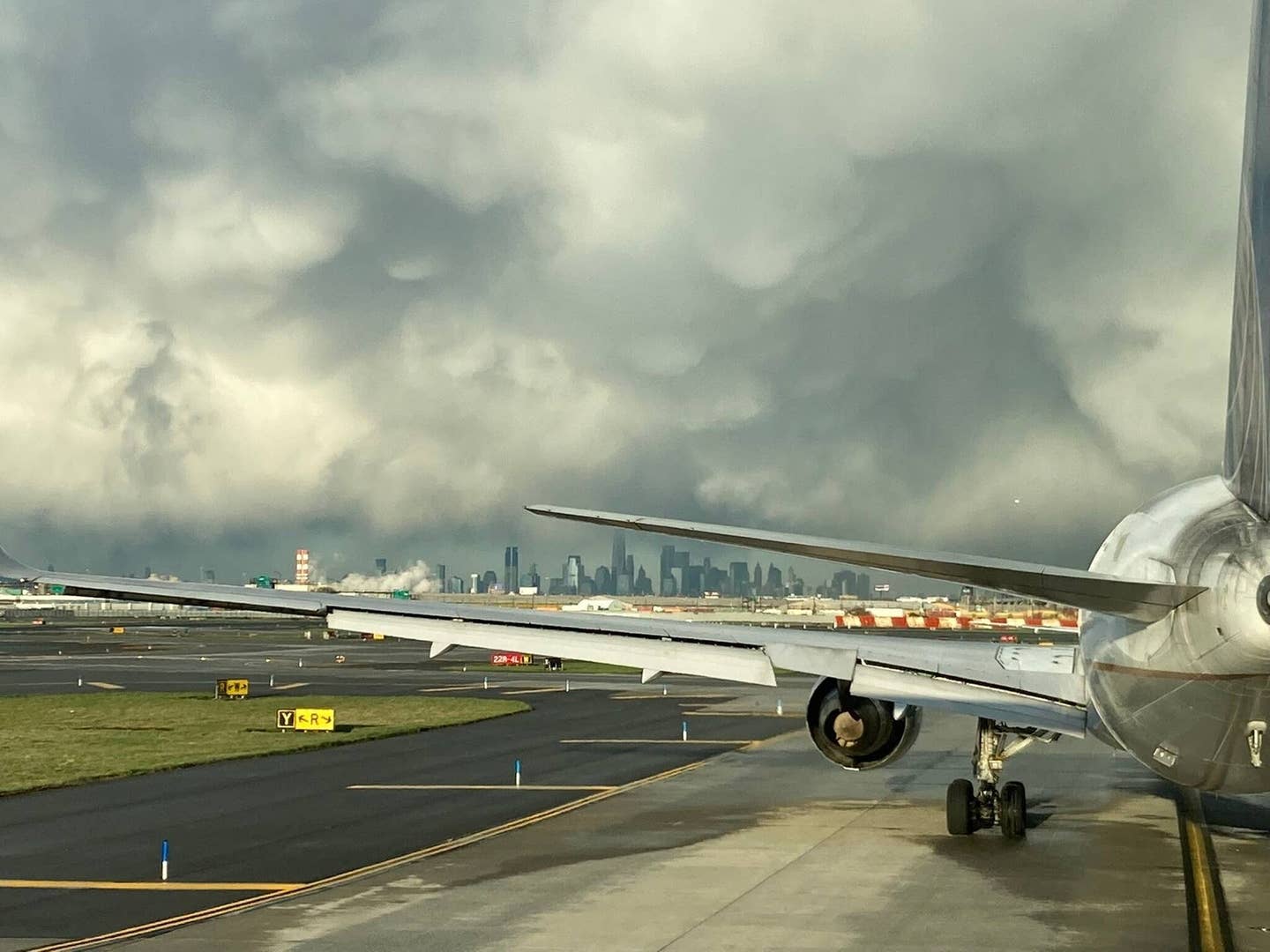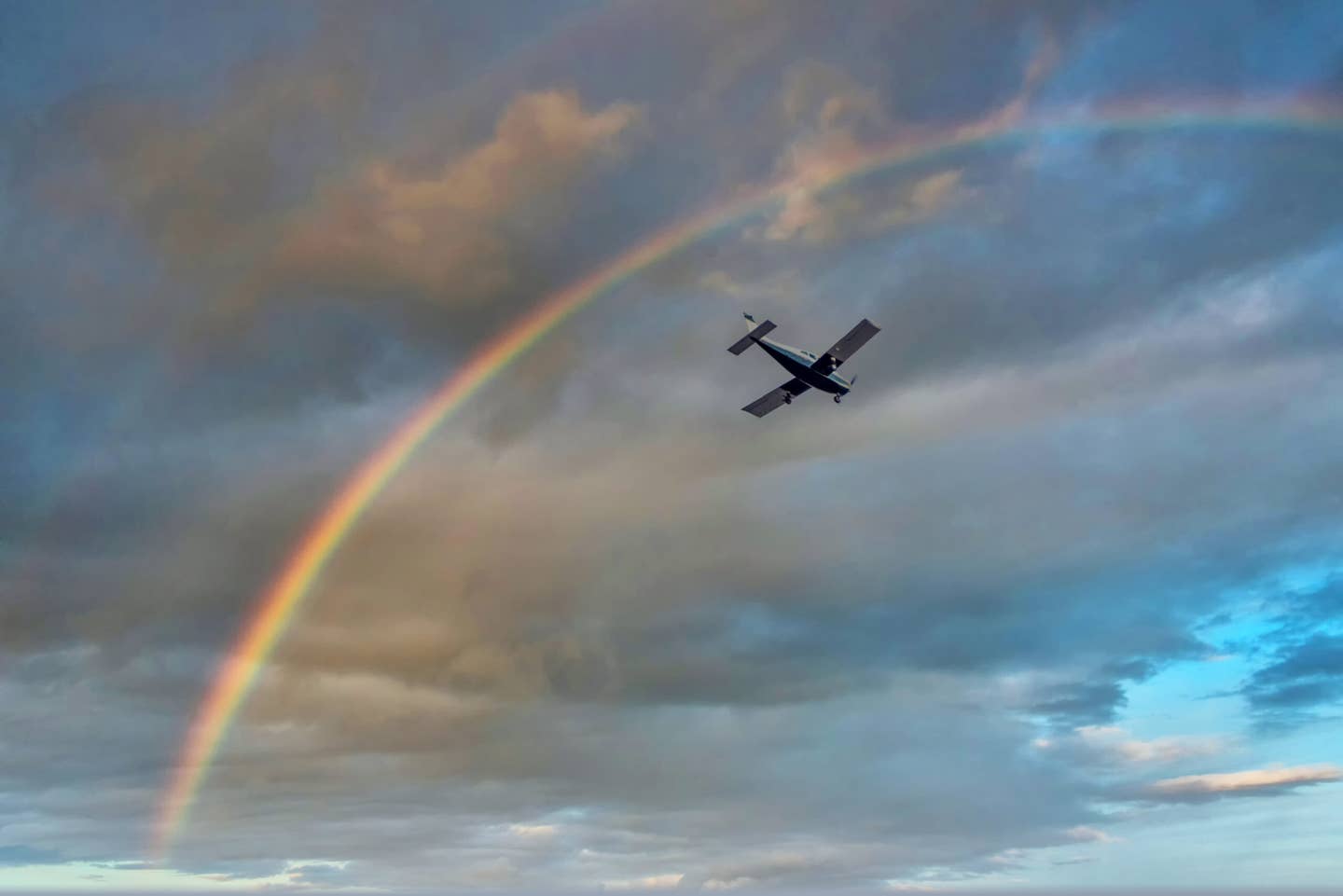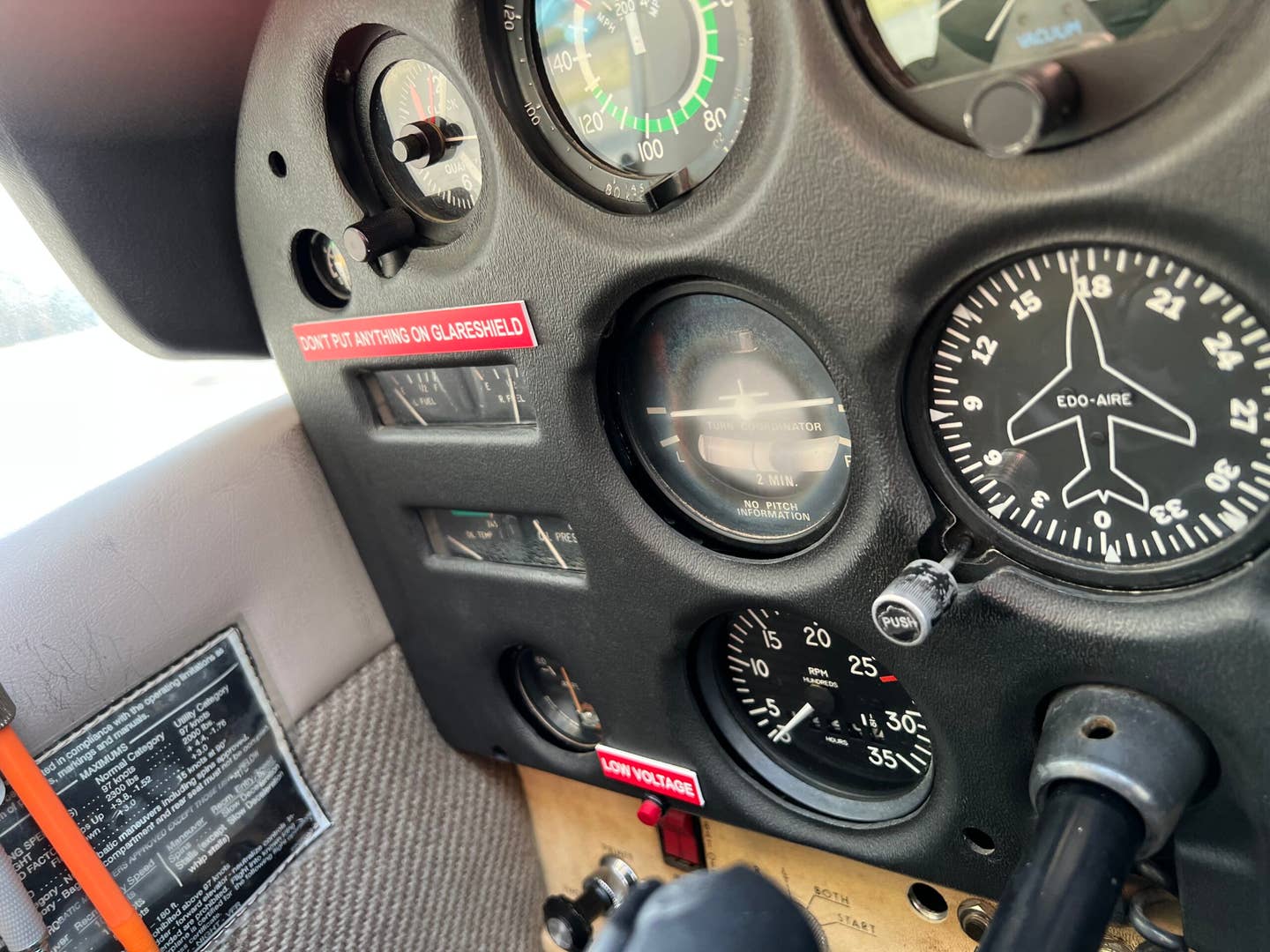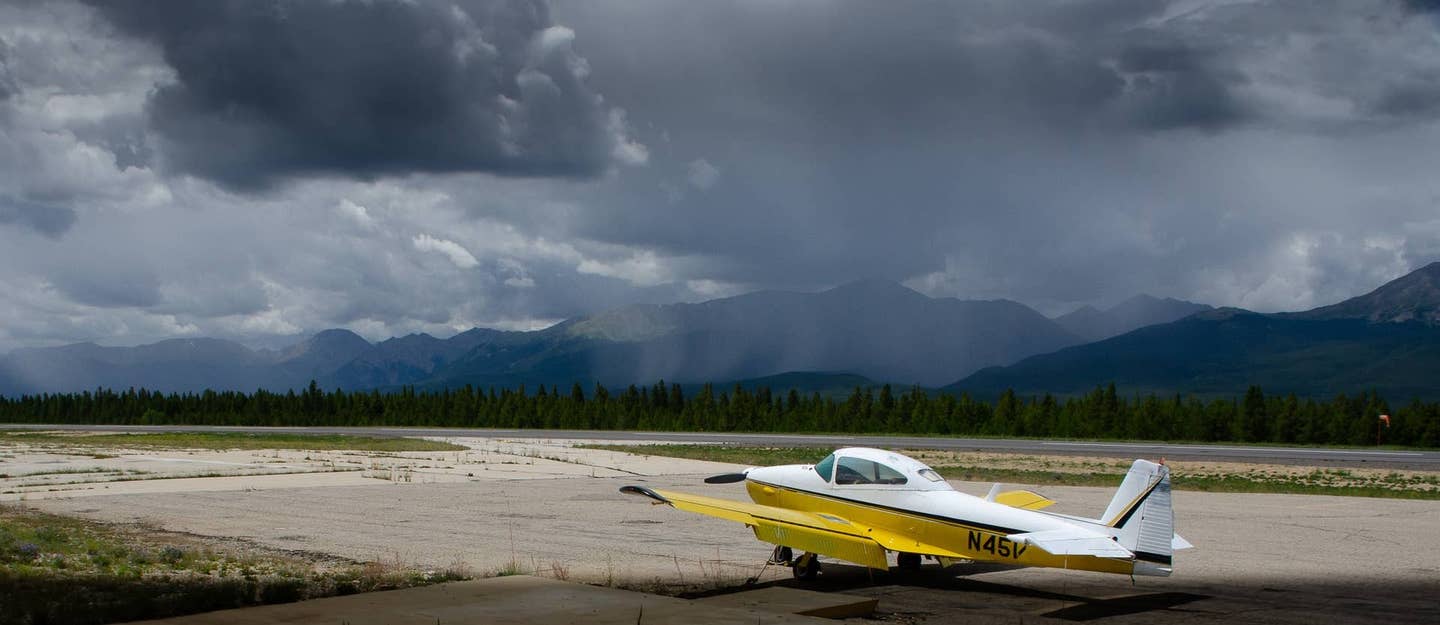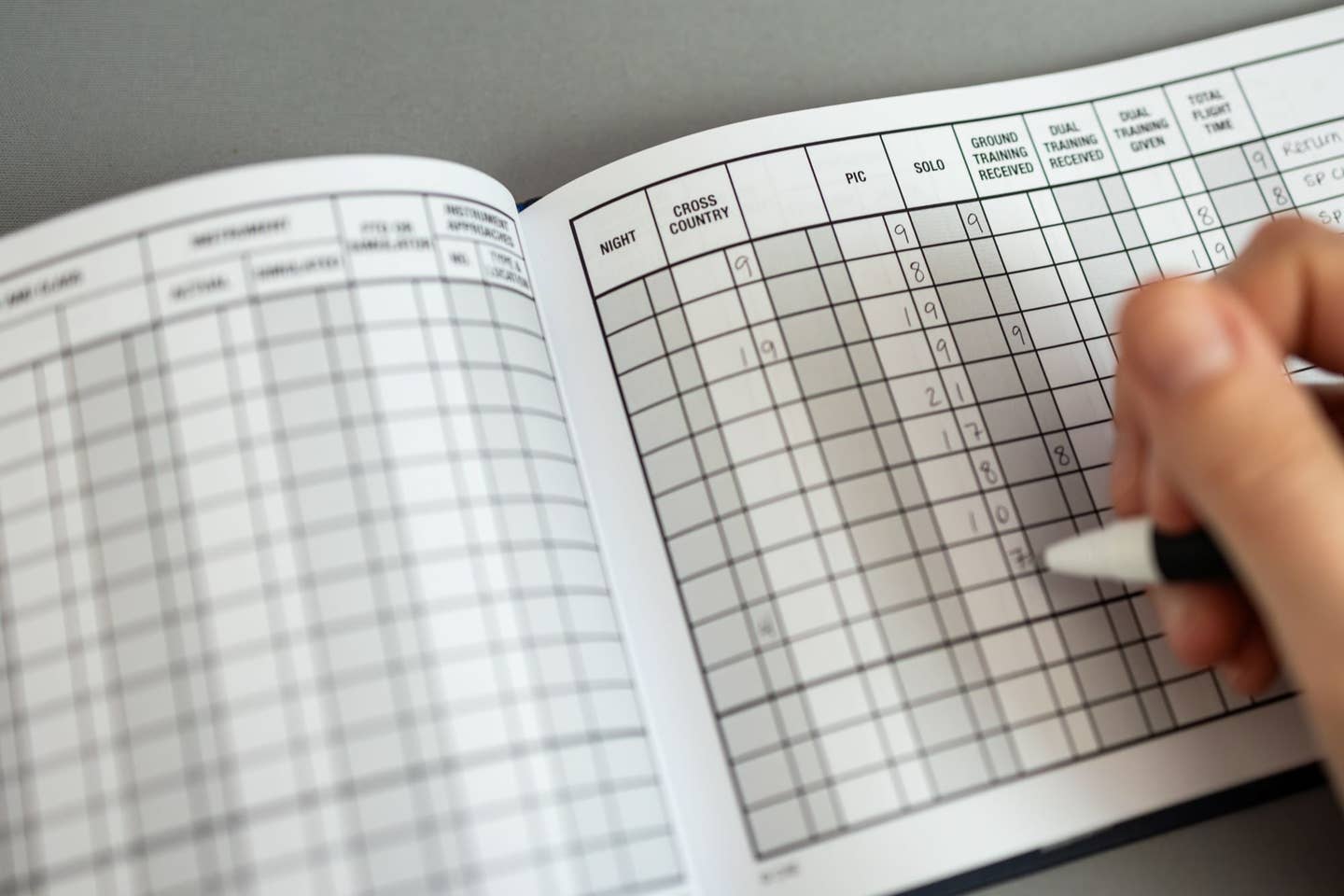
While you're probably never likely to encounter** runway contamination as bad as this**, with the coming onset of winter weather, it's a good idea to start thinking about how slush, ice, mud or standing water can affect your airplane's performance.
The main effect of runway surface contamination on takeoff is reduced acceleration. Beyond that, loose snow, ice or slush can also be sprayed or thrown into gear, flaps, and control surface hinge areas, potentially leading to control malfunction.
The problems associated with landing on a contaminated runway, obviously, are loss of directional control or the inability to slow down due to reduced surface friction or hydroplaning. An inability to slow down can potentially lead to a runway overrun, so it’s critical to consider runway length before making the landing attempt on a contaminated runway.
Once water reaches a standing condition – on a runway with large puddles, for example – or there is snow or ice, it becomes difficult to accurately predict braking effectiveness, raising the risk of an overrun. Slush can be even worse because it frequently exhibits properties of not only a wet runway, but an icy one too. Dynamic hydroplaning can occur at higher speeds on slush due its density being lower than water. While slush creates more drag than water, if it sits on top of ice, the overall low friction can easily negate the benefit from the extra drag.
The best way to approach a contaminated runway for landing is to hit your target airspeed and be on centerline and on glidepath during approach and then make a positive touchdown with minimal delay touching the nose down to improve braking effectiveness.

Sign-up for newsletters & special offers!
Get the latest FLYING stories & special offers delivered directly to your inbox


